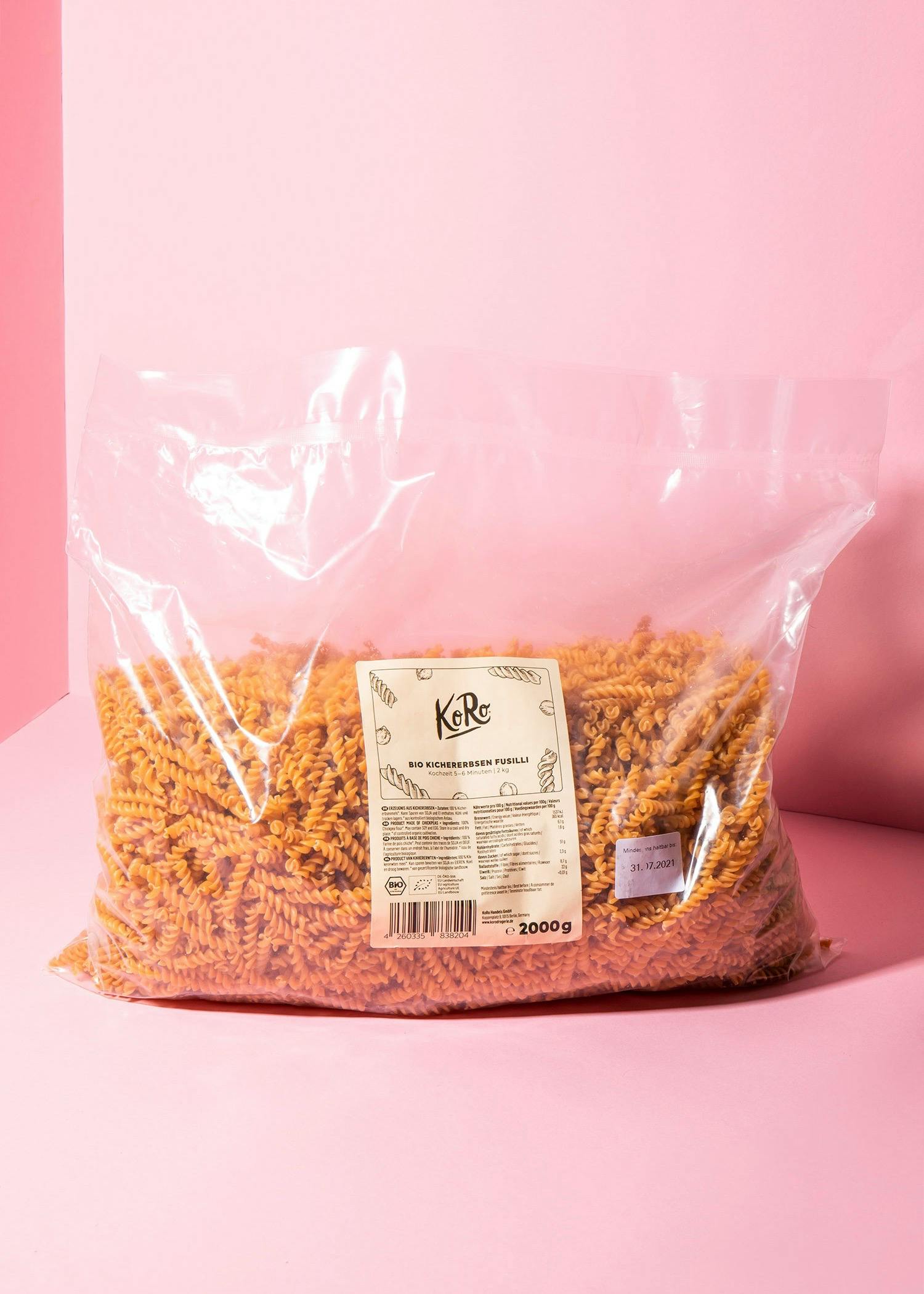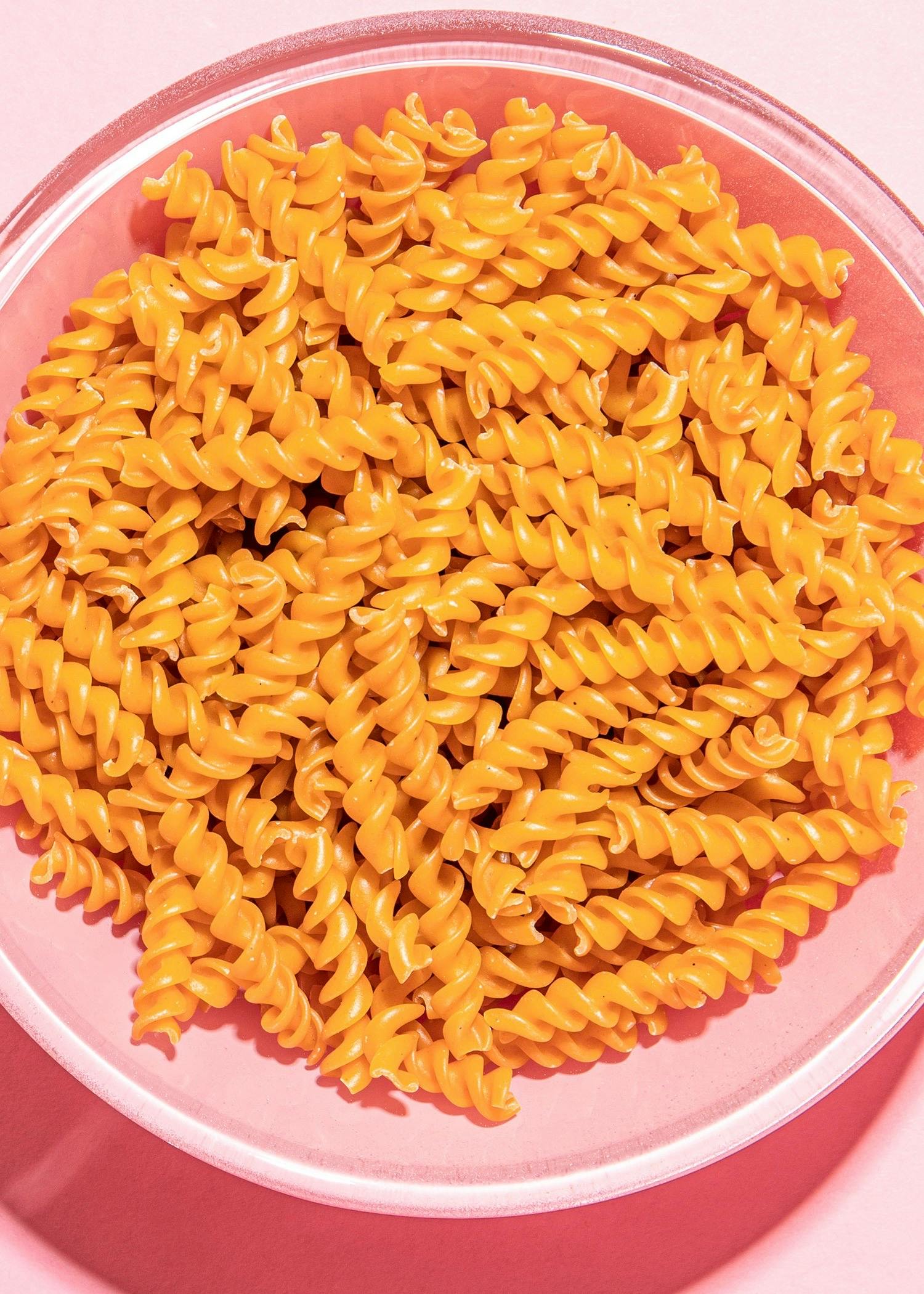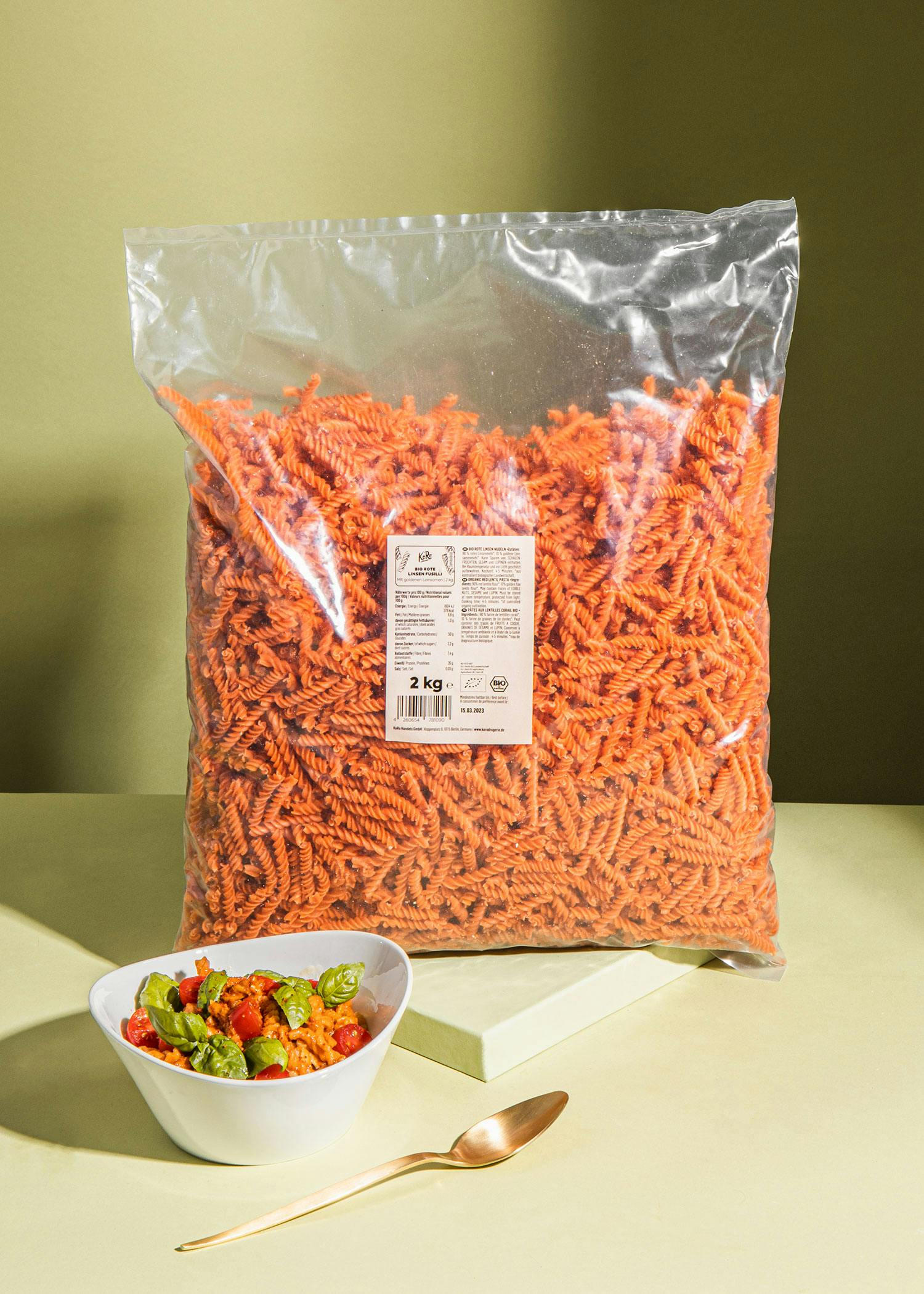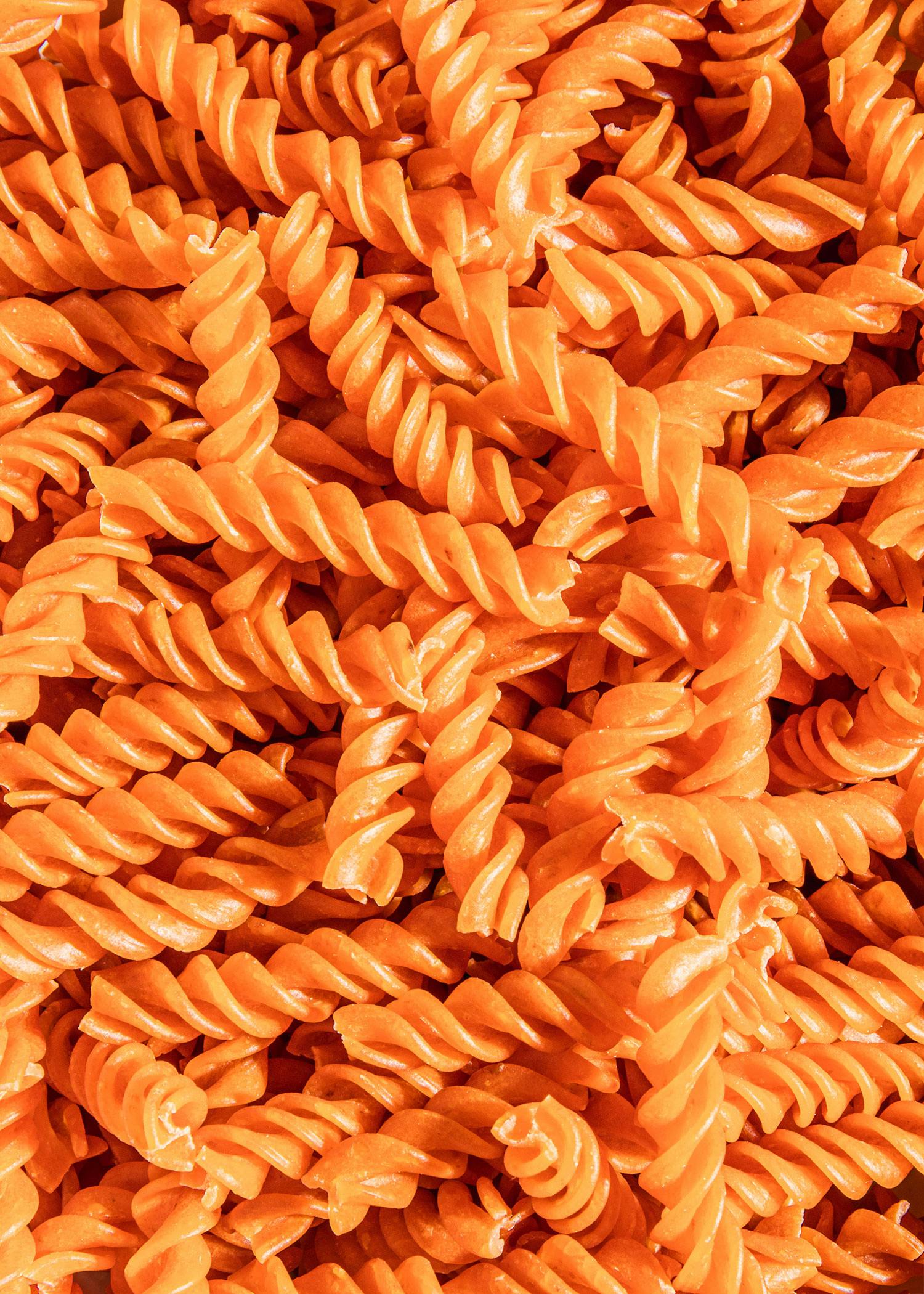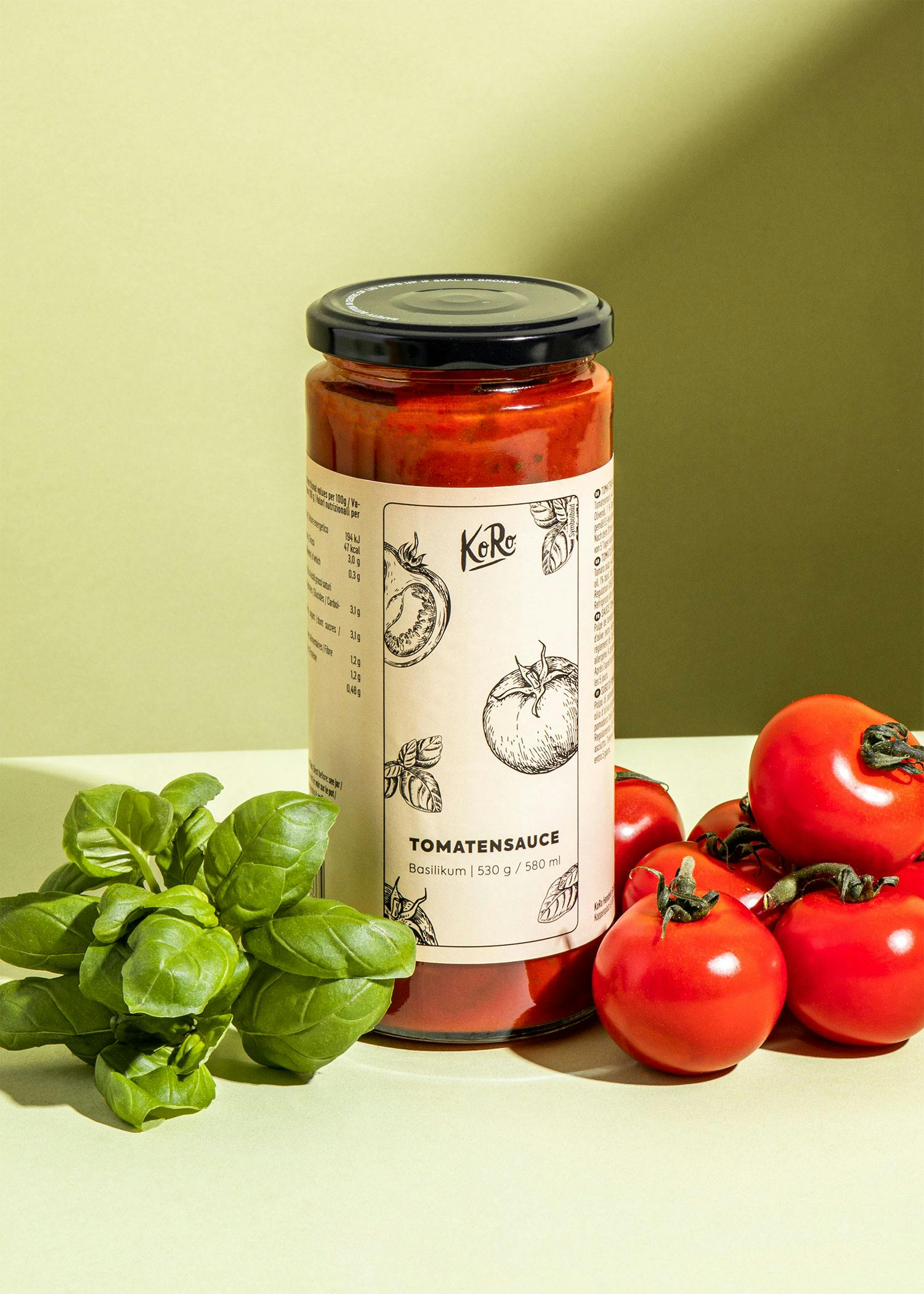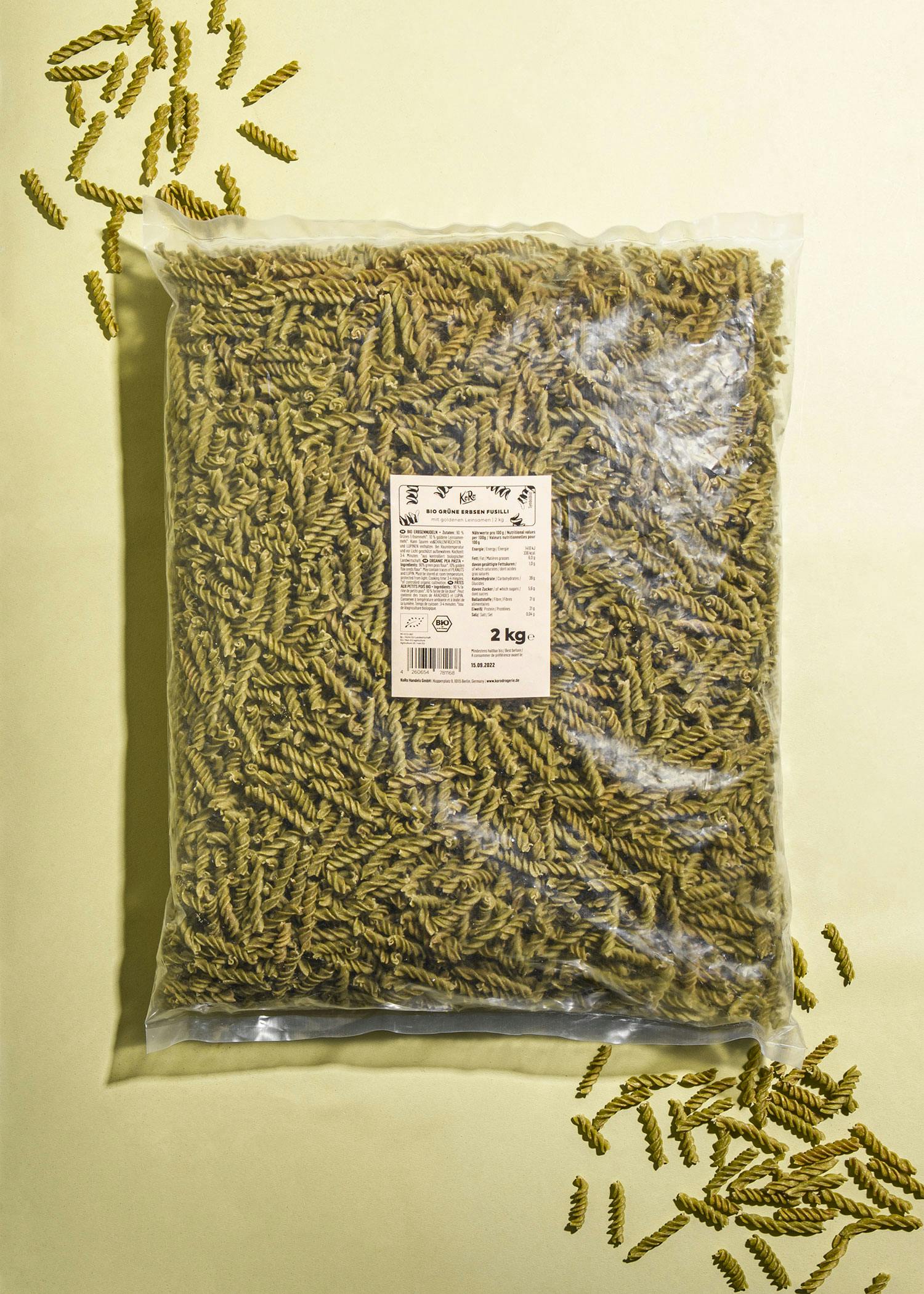In addition to classic cereal pasta, there is a wide variety of pasta made from legumes. The advantage: many of them are gluten-free and can therefore also be enjoyed by people with gluten intolerance. But pasta made from lentils, chickpeas, soy, peas or corn can also be a welcome alternative for all other pasta lovers. The new discovery brings with it a variety of colors, an unusual taste and different textures. In the mouth, pasta made from legumes usually feels less smooth and more coarse-grained.
How pasta is made from legumes
In fact, pasta made from legumes consists only of water and ground legumes. It is therefore not so easy to make a malleable dough and a pasta shape from these two ingredients and without wheat gluten. This is why you will sometimes find flaxseed or wholegrain rice as additional ingredients on the back of the packaging. These are added to make the consistency of the dough and therefore the production process a little easier. Some manufacturers use heat to make the dough firmer, which makes it easier to work with - others work with pressure. After shaping, the pasta is dried for up to twenty hours before it can be packaged.
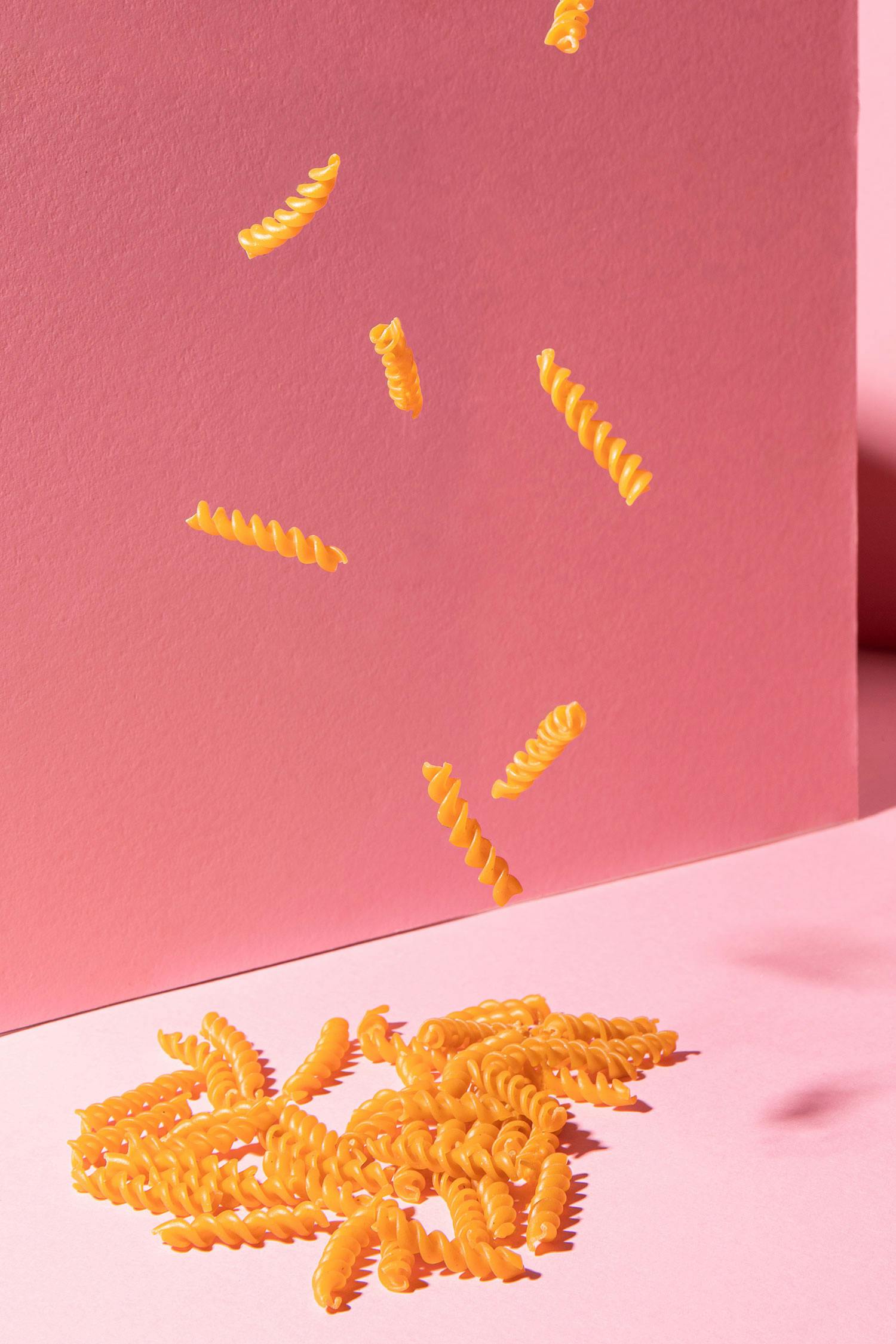
Quick preparation
While legumes in their original form often take quite a long time to prepare, the cooking process for pasta made from legumes only takes between 3 and 9 minutes. This means that it is sometimes even quicker than with classic grain pasta! \nThe first steps are identical: bring salted water to the boil and add the pasta. However, you should not boil the pasta made from legumes and be sure to observe the cooking time, otherwise it will fall apart or become mushy. A few bite tests during the cooking process can help you to get the perfect consistency, especially during the first few attempts. Just like grain pasta, legume pasta tastes great with pesto, in a casserole or as a pasta salad.
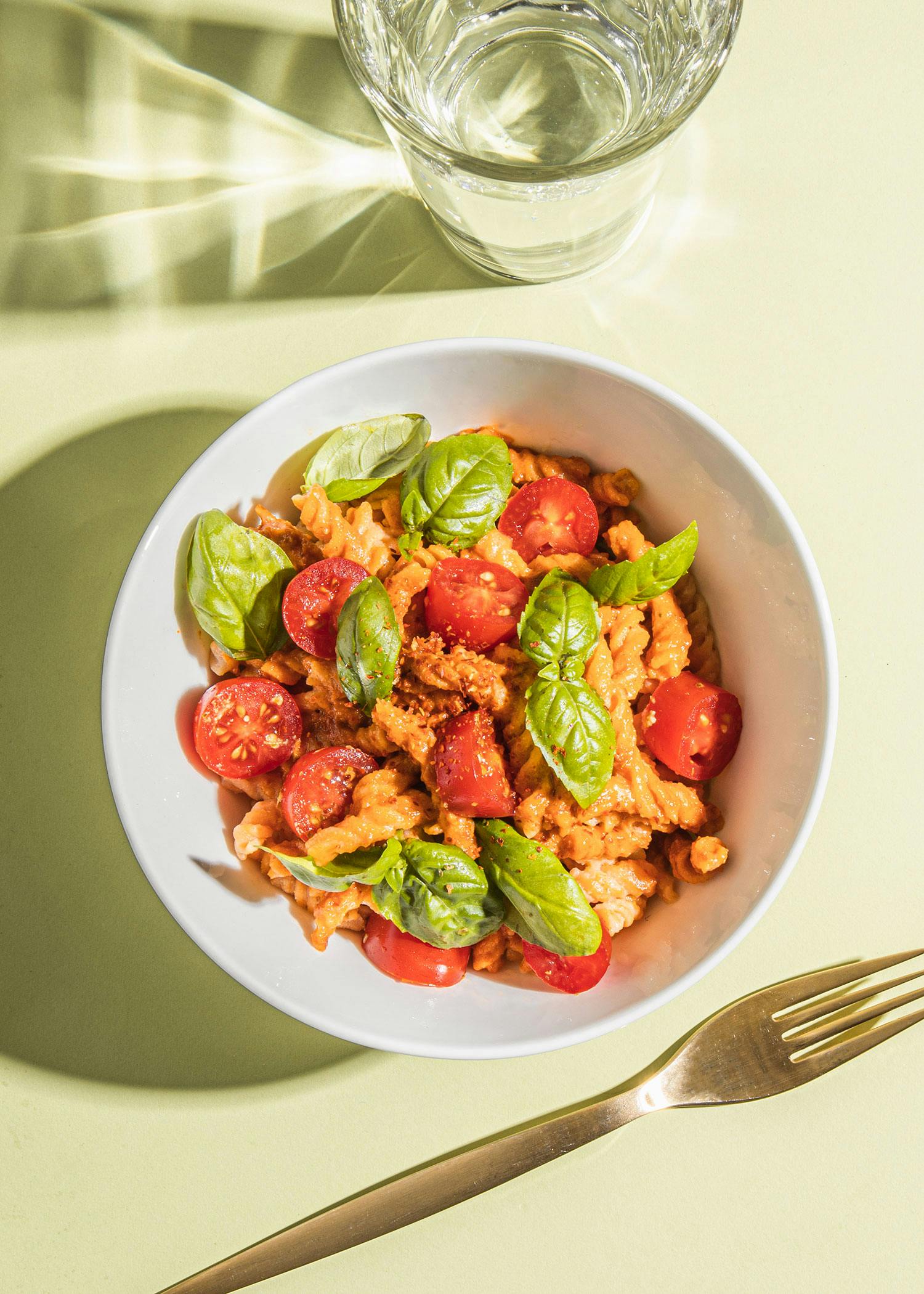
Lots of vegetable protein
The nutrients in chickpeas, lentils, mung beans and other legumes are largely preserved during gentle production processes. And it is precisely these nutrients that make pasta made from legumes so popular. For example, they contain a lot of high-quality vegetable protein: 100 grams of legume noodles contain 20 to 45 grams. Our organic chickpea fusilli, for example, contain 22 grams of protein.
New variety
Made from green peas
Oh you green pasta! The color comes from the fact that this pasta variety is made from green peas. The slightly sweet pea taste is clearly evident, but it can fade into the background, especially in combination with sauce or pesto. Our organic fusilli made from green peas also contain almost twice as much vegetable protein as conventional durum wheat pasta (12.5 g), namely 23 grams per 100 grams! Also practical: they are cooked in just 3 to 4 minutes.
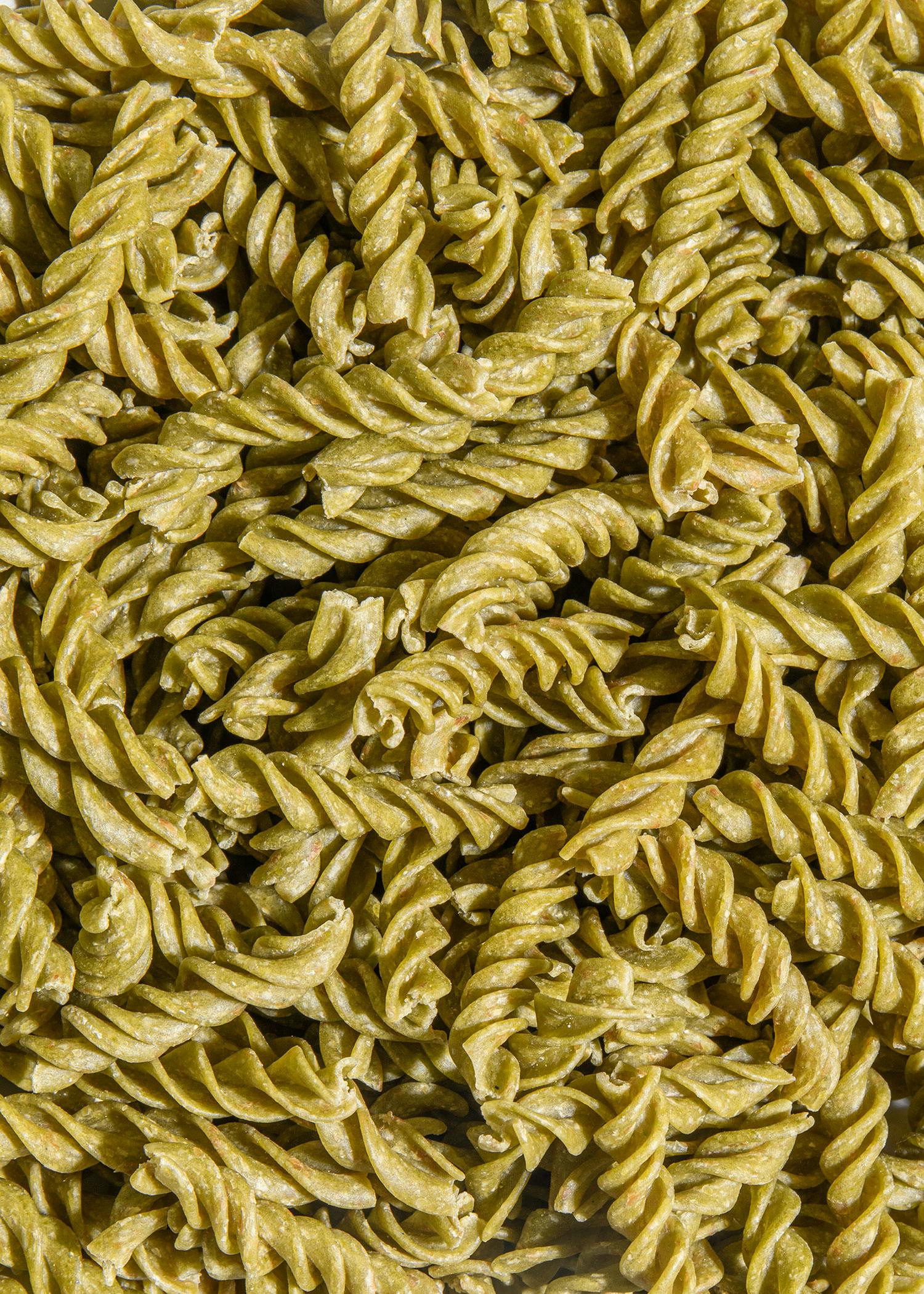
Made from lentils
You should never leave this pasta in the cooking water for too long, otherwise it will quickly become mushy - 4 to 5 minutes is enough. We have refined our red lentil fusilli with linseed flour to prevent them from becoming floury. There is also a yellow version. This can look very similar to durum wheat pasta. They also have a less floury consistency than the red version and don't taste as intensely of lentils. Lasagne sheets made from lentils and corn are also available from KoRo.
Made from chickpeas
Chickpeas are usually associated with spicy curries or hummus. Now they are also available in noodle form! Chickpea noodles are much firmer to the bite than other varieties. They taste only slightly floury and the chickpea taste is clearly recognizable, but not overpowering. Our organic chickpea fusilli also have a high protein and fiber content and are cooked in just 6 minutes. We have also enriched our gluten-free corn and chickpea fusilli with legumes to give them that delicious al dente pasta bite. When cooked, you can almost mistake both varieties for normal wheat pasta.
"Every little bean makes a little sound"?
Some people avoid legumes because they cause unpleasant flatulence after eating them. This is due to certain sugar molecules (rhamnose, raffinose and stachyose). These are considered indigestible for the small intestine and have to be broken down by bacteria in the large intestine, resulting in gas. To alleviate the symptoms, you can add savory, caraway or aniseed to your legume dishes, for example.
